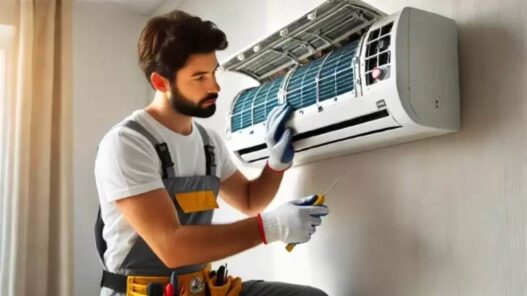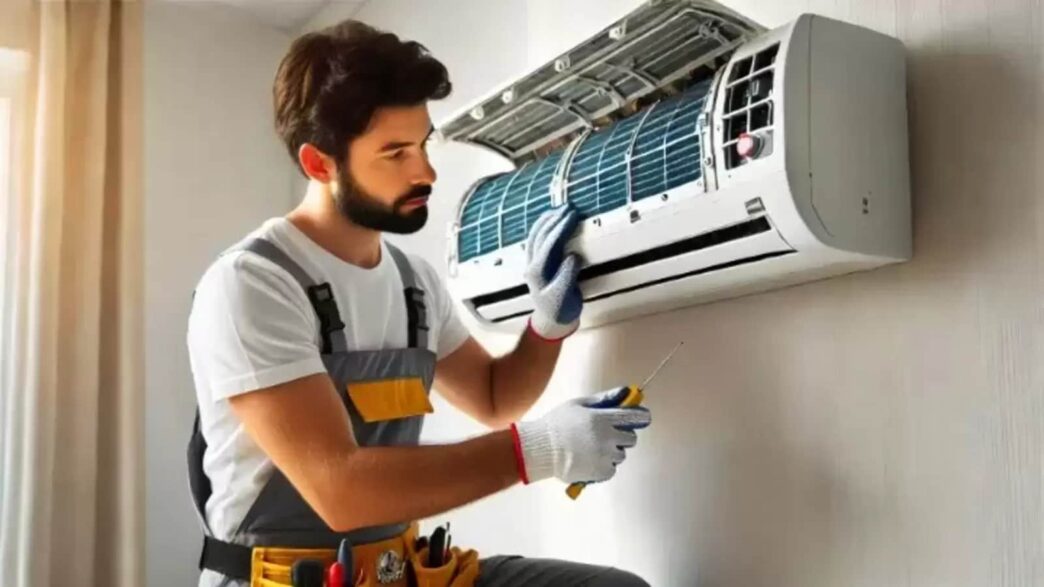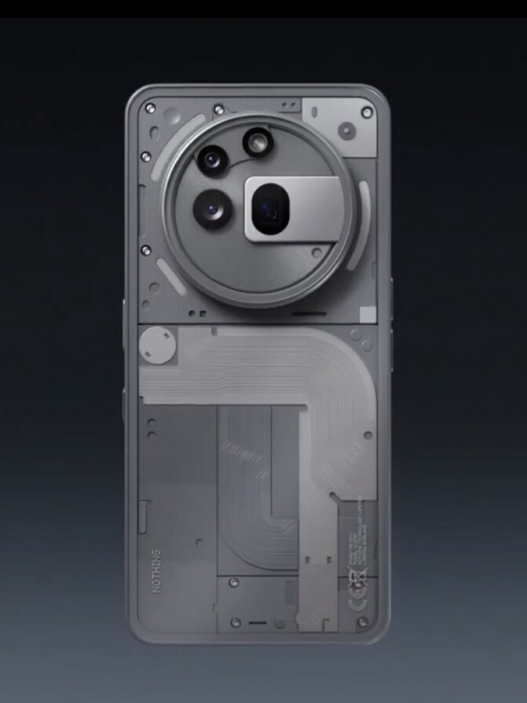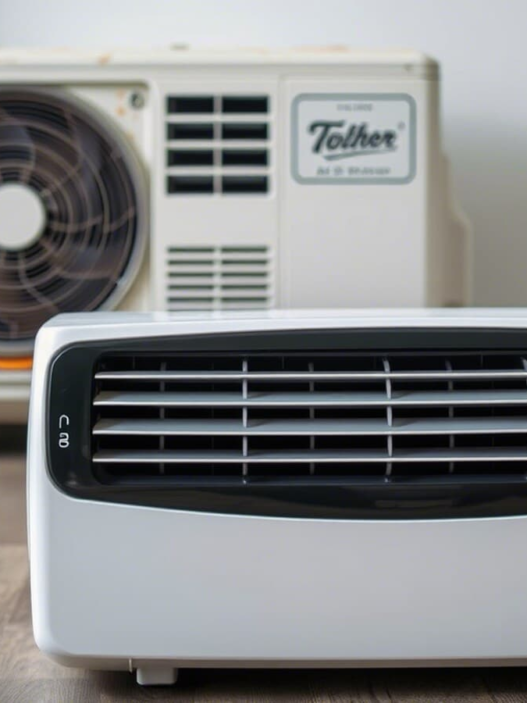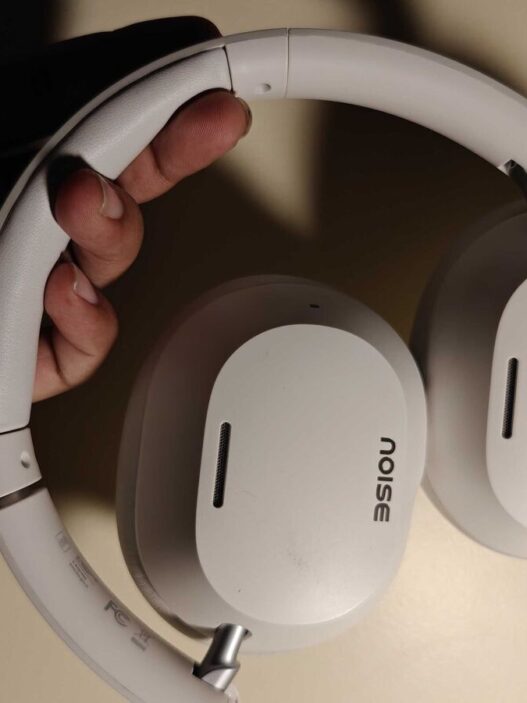It’s only the end of February and the temperature seems to be on the rise, indicating only one thing – it soon might be the time to turn on your AC!
But wait, when was the last time you got your air conditioner serviced? Many of us switch on our ACs after months of no use, only to find weak cooling, strange noises, or even a sudden breakdown. Dusty filters, clogged coils, and low refrigerant levels can make your AC work harder, increasing electricity bills and reducing its lifespan.
So, before you hit that power button, a little maintenance can go a long way. This easy AC maintenance guide will help you clean, check and service your AC at home, saving you from unexpected troubles and costly repairs.
Thinking of buying a new AC for the upcoming summer season? Check out options for the best split ACs here to shop instantly.
DIY AC maintenance tips
If you’re planning to turn on your AC after months, don’t just press that power button yet. Here’s a step-by-step guide to AC servicing, whether you own a split AC or a window AC.
Before you start, turn off the power supply to your AC unit for safety. Take a quick look at your AC—any visible dust, dirt buildup, or signs of leakage? If yes, you’ve got some work to do.
Step 2: Clean or replace the AC air filters
The air filters are the first things that get clogged with dust, blocking airflow and reducing cooling efficiency. Both split and window ACs have filters that you can access easily.
For split ACs: Open the front panel, remove the filters, and wash them under running water. Let them dry completely before placing them back.
For window ACs: Remove the front grill, take out the filter, and clean it using soap and water. Some older models may require replacement filters, so check your manual.
Pro tip: Clean your filters every two weeks for the best cooling performance, especially during peak summer months!
Step 3: Check and clean the AC condenser and evaporator coils
Your AC’s condenser and evaporator coils collect dust over time, forcing the system to work harder and consume more power.
For split ACs: The evaporator coil is inside the indoor unit, while the condenser coil is outside. Use a soft brush or vacuum cleaner to remove dust.
For window ACs: The condenser coil is at the back. You can clean it using a coil cleaner spray or a damp cloth.
Step 4: Clear debris around the outdoor unit
If you own a split AC, your outdoor unit needs some attention too! Leaves, dirt, and debris can block airflow, making your AC less efficient.
Use a soft brush or blower to clean the fins. Keep at least 2 feet (0.61 metres) of clear space around the unit for proper ventilation. (This goes for window ACs as well) If you see any major blockages, use a garden hose to rinse the unit (but avoid the electrical components).
Step 5: Inspect refrigerant levels
If your AC wasn’t cooling properly in the last season even after cleaning the filters and coils, the refrigerant levels might be low. Here’s how to check:
- Look for ice buildup on the coils.
- If your AC is blowing warm air, it could be a refrigerant issue.
- Hissing sounds or bubbling near the outdoor unit indicate a leak.
Unfortunately, this isn’t a DIY fix. You’ll need a technician to refill the refrigerant if levels are low. Don’t delay this, as running an AC with low refrigerant can damage the compressor!
Step 6: Tighten electrical connections and check the thermostat
Loose wires or faulty connections can cause power fluctuations, leading to short circuits or AC failures. Open the control panel (only if you’re comfortable doing so) and check for any loose connections.
If your AC doesn’t turn on properly, a faulty capacitor or relay could be the issue. Its best to call a professional for this.
Next, to check the thermostat setting, make sure it’s set to cooling mode (sometimes it stays on fan mode by default). If you’re using a smart thermostat, recalibrate it for accurate temperature readings.
Pro Tip: Keeping your thermostat at 24-26°C is ideal for balancing comfort and energy savings!
Step 7: Clean the AC drain pipe to prevent water leaks
For split ACs, find the drain pipe (usually at the bottom of the indoor unit). Flush it out with warm water to clear any clogs.
For window ACs, tilt the unit slightly backward to allow proper drainage, and use a thin wire to unclog the drainage hole if needed.
How to test if your AC is serviced properly?
Now that your AC is cleaned and serviced, it’s time to run a test cycle:
- Turn it on and listen for any unusual noises.
- Feel the airflow, is it strong and cool?
- Check if there’s any water leakage
If everything looks good, your AC is summer-ready! If you notice any issues, schedule a professional servicing before it gets worse.
Wish to explore options for window ACs? Check out the best window ACs here!
When to call a professional for AC servicing?
Call a technician if you see the following signs despite servicing it at home:
- Weak or no cooling even after cleaning filters and coils might indicate a refrigerant leak or compressor issue.
- Strange noises or odours indicate electrical problems, loose components, or mould buildup.
- Water Leakage suggests a clogged drain pipe or broken pump that needs professional fixing.
- If your AC keeps turning off unexpectedly, it may have a thermostat, capacitor, or wiring issue.
- A sudden spike in power consumption despite regular cleaning means your AC might be overworking due to hidden faults.
Similar articles for you
You won’t believe how budget friendly these 1.5-ton ACs are on Amazon right now
Post-season AC care guide: Essential window and split AC service tips for long-lasting performance
Wondering how to fulfil your air conditioning needs? Here’s how to find top-notch ACs in India
Split AC vs window AC: Top 10 picks comparing cooling, energy efficiency, installation ease, and overall value
Best window ACs in February 2025: Top 10 air conditioners with low energy consumption
Best split ACs in India in 2025 are here to make your summer season comfortable: Here are our recommendations
Disclaimer: At Livemint, we help you stay up-to-date with the latest trends and products. Mint has an affiliate partnership, so we may get a part of the revenue when you make a purchase. We shall not be liable for any claim under applicable laws, including but not limited to the Consumer Protection Act, 2019, with respect to the products. The products listed in this article are in no particular order of priority.
Catch all the Technology News and Updates on Live Mint. Download The Mint News App to get Daily Market Updates & Live Business News.
MoreLess

